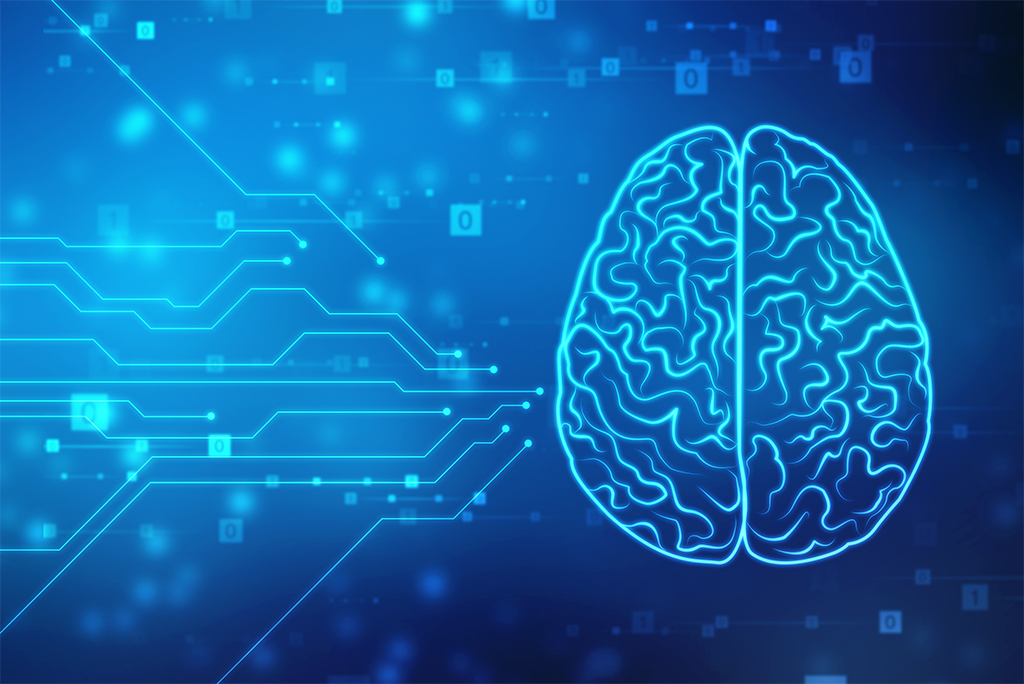
A new type of machine learning known as “liquid learning” can rapidly adapt to changes in its data stream and environment, rather than only learning while it’s being trained. Developed by MIT researchers, the technology represents a potential major breakthrough in artificial intelligence (AI).
Liquid learning utilizes algorithms that can transform their underlying equations, which allow the algorithms to constantly adapt to new data. This latest innovation in machine learning may facilitate decision making based on “time series data” (a series of data points indexed in time order). It has the potential to revolutionize technologies that rely on the interpretation of constantly evolving data, such as medical diagnostics and autonomous vehicles.
“This is a way forward for the future of robot control, natural language processing, video processing—any form of time series data processing,” Ramin Hasani, the study’s lead author, told MIT News. “The potential is really significant.”
Just as living things need to adapt to rapid changes in their environment, so will future intelligence systems. According to Hasani, liquid learning poses a significant step in the advancement of machine learning because time series data is “ubiquitous” and “vital” to machines being able to understand the world. Constantly changing data streams are unpredictable, but the ability to examine them in real-time and use them to predict future events and behavior is necessary for autonomous systems, such as self-driving cars.
“The real world is all about sequences. Even our perception—you’re not perceiving images, you’re perceiving sequences of images,” he told MIT News. “So, time series data actually create our reality.”
What’s the Difference Between Liquid Learning and Deep Learning?
The big difference between liquid learning and traditional deep learning is liquid learning’s ability to adapt to change.
As discussed in a previous post, traditional machine learning systems rely on structured data. However, deep learning, which is considered an advanced subset of machine learning, continually analyzes data using an advanced technology known as “artificial neural networks”. These networks are able to process unstructured data such as images. They are operated by a series of algorithms that can perceive complex relationships in data sets through a process that imitates the human brain.
Liquid learning relies on a more advanced form of neural networks. It’s designed to mimic the neurons in C Elegans nematode—which is a tiny worm that produces unexpectedly complicated combinations of behaviors even though it doesn’t contain many neurons. The researchers looked at how neurons in the worm mobilize and communicate with each other through electrical signals. Drawing inspiration from this process, they designed a neural network that allows the parameters to evolve across time based on the results of a nested set of differential equations.
Systems equipped with liquid learning are expected to be much more resilient to sudden changes in their environment. For example, a liquid network in an autonomous vehicle could quickly adjust its algorithms to “noisy data,” such as rain obstructing its camera vision, so it can continue to safely navigate the road.
How Reliable Is Liquid Learning?
During tests, the liquid learning network outperformed other time series algorithms in predicting future values in data sets employed in atmospheric chemistry and traffic patterns by a couple of percentage points. Liquid learning neural networks are also smaller than traditional neural networks, making them easier to scale down and cheaper to build.
Another major benefit of liquid learning is its transparency. Unlike traditional neural networks, liquid learning can give developers insight into a system’s decision making process, so they can easily identify and fix issues in the system. This ability could overcome the “black box” conundrum: the concern that engineers won’t be able to understand why AI systems come to certain conclusions.
While the technology is potentially revolutionary, it’s not yet ready for industrial use. However, liquid learning is likely to play a major role in the next generation of intelligence systems.
Understand Machine Learning
Machine learning is the fuel driving many artificial intelligence developments by providing AI with the ability to learn from its experiences without needing to be programmed to do so. The IEEE five-course program, Machine Learning: Predictive Analysis for Business Decisions, is ideal for any organization looking to use machine learning to improve their decision making. The program covers machine learning and its surrounding aspects, including models, algorithms, and platforms.
Connect with an IEEE Content Specialist today to learn more about this program and how to get access to it for your organization.
Interested in the program for yourself? Visit the IEEE Learning Network.
Resources
Raibagi, Kashyap. (2 February 2021). Liquid Neural Network: What’s A Worm Got To Do With It? Analytics India Mag.
Ackerman, Daniel. (28 January 2021). “Liquid” machine-learning system adapts to changing conditions. MIT News.


No comments yet.